Jul 15, 2025
Author:Sam Wonder
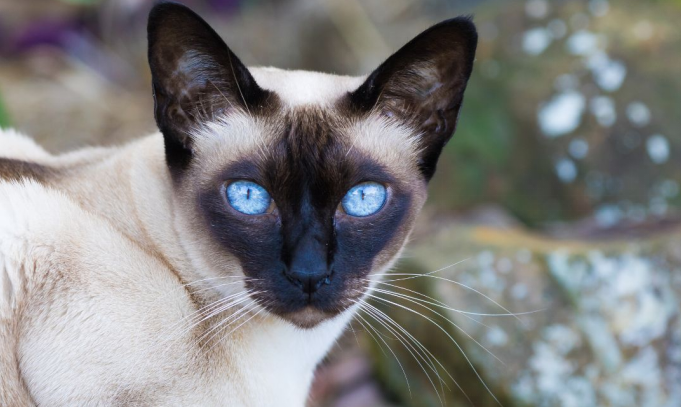
The Tonkinese cat breaks the mold. It looks sleek like a Siamese, cuddles like a Burmese, and plays like it never runs out of energy. But don’t be fooled by the charm—this isn’t a breed for everyone. It’s vocal. It’s demanding. And it hates being bored.
If you’re used to low-maintenance cats, this one flips the script. You’re here because you need real answers. What is life like with a Tonkinese? What kind of care does it need? Is the temperament as affectionate as people claim—or does it come with strings attached?
You’ll get all of it here. Straight answers. No fluff.
● What makes Tonkinese cats unique, beyond their looks
● Personality traits that could make or break the experience
● Feeding, grooming, and health expectations
● Tips for meeting their mental and emotional needs
● Who this breed is best suited for—and who should skip it
Let’s get into it.
Sure, the coat shines. Eyes look like they’ve been photoshopped. But the appeal? It goes way deeper than the surface. Tonkinese cats don’t sit pretty—they insert themselves. They trail you like they’ve got somewhere to be (spoiler: it’s wherever you are). You shift your routine? They notice. Open a bag, sit down, get up, change clothes—they clock it. Fast.
This isn’t some chill windowsill cat that naps for six hours and calls it a day. It’s built differently. Siamese sharp. Burmese affectionate. That combo turns into something else entirely. They don’t check in—they plug in.
What sets them apart? Start here:
● Can’t-stand-being-alone energy: Leave one solo too long, and it spirals. Pacing, yelling, and messing with stuff it shouldn't. It’s not about disobedience—it’s stress.
● Reads you better than your coworkers do: Tone, posture, eye contact—they react to it all. And once the back-and-forth starts? It builds. They get more vocal. More expressive. It’s a loop.
● Curiosity that doesn’t quit: They investigate everything. And then circle back for a second round. They’ve got stamina that sneaks up on you.
● Talks, but with range: Not just meows. Whines. Chirrups. Quiet mumbles. It shifts depending on their mood or what you forgot to do.
These aren’t quirks. They’re signals. Indicators of what life with this cat actually looks like. You’re not picking out an accessory. You’re bringing in a personality, and that personality has notes.
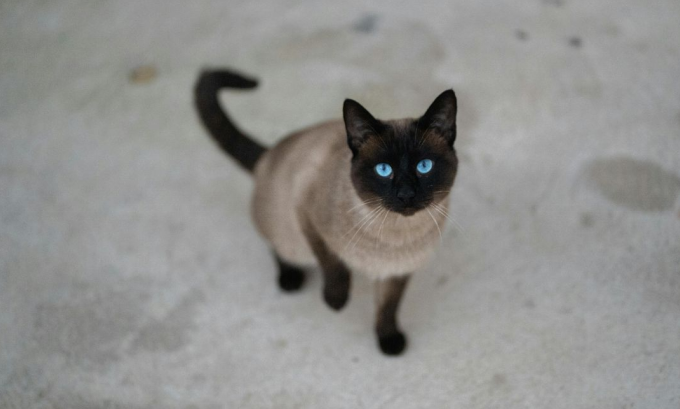
Tonkinese cats don’t do halfway. They’re either glued to your shoulder or walking across your keyboard like they own it—because they kind of do. Personality? Loads of it. It hits hard, fast, and without asking permission. Some of it’s adorable. Some of it? Takes getting used to. But that mix? That’s the full package.
So what’s in the deal? Let’s get into it.
● Persistent attention-seeking: These cats need interaction. Not once a day. Not for a few minutes. They want to be involved constantly—on your lap, in your meetings, around your meals. If ignored, they get loud or destructive.
● Play intensity: A Tonkinese doesn’t bat at things. It tackles, sprints, and chases with focus. Expect ambushes from behind the couch or dramatic leaps across furniture. They burn through mental and physical energy fast and often.
● Attachment behavior: Bonding isn’t casual. Once they pick their person, they cling. They follow, wait, and respond to your patterns. This closeness can feel comforting or suffocating, depending on your lifestyle.
● Quick mood shifts: Most of the time, they’re affectionate and stable. But overstimulation or boredom can flip the switch. You’ll need to read their signals and respect their limits.
● High noise tolerance—but not silence: They’re fine with a loud household. TVs, conversations, vacuums—they adjust. But silence? That’s a red flag. A quiet Tonkinese is either upset, ill, or planning something.
These traits aren’t quirks—they’re patterns. And they carry real consequences for training, feeding, and environmental management. Ignore them, and you’ll deal with stress behaviors. Work with them, and you’ll have a pet that thrives under structured attention.
It’s not a grind, but it’s not cruise control either. Caring for a Tonkinese doesn’t eat up your day, but ignore the little stuff, and things get messy. They’re easy in some ways, high-maintenance in others. That combo trips people up. You’ve got to stay consistent. Watch closely. Step in early if something shifts.
So, let’s break it down. Three pillars. Feeding. Grooming. Health. Nothing complicated—but none of it is optional.
These cats don’t slow down. They burn through energy like they’re on a timer—and then refill the tank if food’s available. That’s where it goes sideways. Leave food out all day? You’ll deal with the aftermath. Fast.
You need structure. Timed meals. Controlled portions. That’s where something like the WOpet’s Patrol Automatic Feeder quietly takes over. No more guesswork. No skipped meals. No, did someone already feed the cat? It runs the routine—accurately—so you don’t have to.
The coat? Low effort. Weekly brush and you’re golden. But that’s not the full picture. The real work hides in the ears, the teeth, the claws. That’s where issues sneak in.
Lock in a quick routine:
● Brush once a week—short coat, but still sheds
● Trim claws every two weeks
● Check ears once a month—clean if needed
● Handle dental care daily, even if it’s just a chew or rinse
Miss these, and they stack up. Fast.
Tonkinese cats aren’t fragile, but they’ve got some built-in vulnerabilities. A mix of genetics that sometimes tilts the odds. Keep your eye on:
● Respiratory issues—they creep up when ignored
● Gum problems—gingivitis shows early in this breed
● Possible heart murmurs or shallow breathing
● Behavior swings are tied to boredom or overstimulation
No alarms. No assumptions. But don’t coast. Spot early, act early. That’s how you keep problems from growing legs.
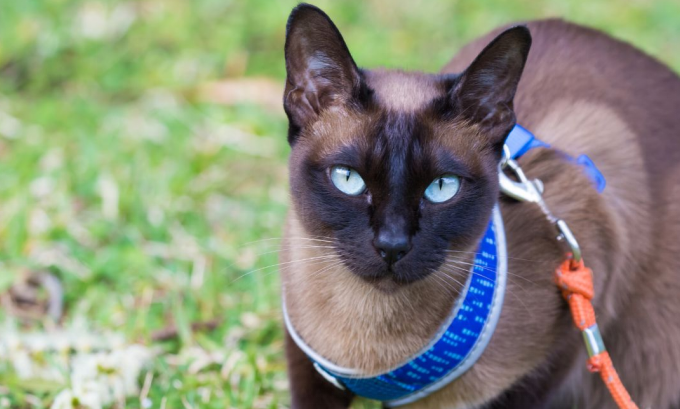
Stimulation’s not a bonus—it’s survival. You cut corners here, you’ll see it. Fast. A Tonkinese left under-engaged? That’s not a cat—it’s a full-time protester with claws and opinions. Over-grooming, meowing at shadows, shredding the doorframe. It starts subtly, then unravels.
The solution isn’t one big fix. It’s layered. Repetitive. Some days feel like babysitting with better fur.
● Rotate toys—don’t let them collect dust: Same toys, same corner? That’s clutter, not enrichment. Switch them out. Different textures. Different sounds. The puzzle ball, the feather wand, that weird thing they hated last week? Try again. Interest rotates, too.
● Schedule play like it matters—because it does: Five minutes between emails won’t cut it. This cat tracks your patterns. Miss a session? They’ll remind you. Loudly. Carve out time. Play. Train. Leash walk if you’re brave. Stick to a rhythm. They notice when you don’t.
● Give them space that’s not the floor: They don’t just climb for exercise. They’re surveying. Wall shelves, trees, hammocks—they help your cat keep tabs on the world without feeling exposed. Lower stress, better behavior. Every time.
● Talk back—even if it’s nonsense: These cats read faces. They clock moods. They wait for your voice like it’s confirmation. Silence? That’s isolation. Say their name. Give feedback. Even fake arguments count. It all lands.
● Let them walk off overstimulation: You’ll see it. The pause. The tail flick. The slow walk away. That’s the reset. Don’t push. Don’t follow. Let them regroup and return on their own terms. That’s how you earn trust that sticks.
This isn’t about fancy toys or new tricks. You’re managing a brain that never stops scanning. Build the rhythm. Hold the line. Drop the ball too often, and you’ll feel the shift—fast, and in all the wrong ways.
The Tonkinese isn’t a universal fit. It has clear needs, and if those aren’t met, the consequences show up fast. This breed thrives under specific conditions, and mismatches lead to stress, behavioral issues, or emotional withdrawal. Before choosing a Tonkinese, weigh these factors honestly.
● Ideal environments
○ Highly interactive households: Homes where people are around often and engage frequently. Tonkinese cats don’t just tolerate attention—they run on it.
○ People with structured routines: They adapt quickly to consistent patterns. Feeding times, sleep schedules, and daily rhythms matter. They find security in predictability.
○ Active homes with space to explore: They benefit from room to roam, climb, and hide. Small apartments work if vertical space and stimulation are built in.
○ Multi-pet homes with social dynamics: They usually pair well with other cats or even dogs, as long as introductions are structured and space is shared.
○ Owners who enjoy verbal cats: If you’re okay with ongoing, expressive meowing—and don’t treat it as background noise—this cat can thrive with you.
● Poor matches
○ People who travel often without coverage: Tonkinese cats don’t adjust well to long absences or inconsistent care. Leaving them alone for extended periods wears on their health.
○ Homes with low activity or noise aversion: If your space depends on quiet, stillness, and independent living, the Tonkinese will disrupt that balance.
○ Families expecting low-maintenance pets: These cats don’t entertain themselves all day. If you’re looking for a cat that keeps to itself, this isn’t it.
○ First-time pet owners without support: It’s not about skill—it’s about bandwidth. This breed requires attention, structure, and adaptability from day one.
Choosing a Tonkinese should feel deliberate, not aspirational. When the fit is right, the bond becomes something most cat owners never experience. When it’s wrong, the friction affects both sides quickly and visibly.
Tonkinese cats don’t sort of show up in your life. They drop in, stake out the sunny spot, and start commenting on your breakfast choices. Smart? Absolutely. Affectionate? Relentlessly. You’ll feel watched—in the best and worst ways.
By now, you’ve got the picture. The charm, the overload, the non-stop feedback loop. It’s all part of the equation. And whether it suits you comes down to what you can consistently give.
No, this isn’t the kind of cat you leave to figure things out. It expects rhythm. Attention. Response. Nail those basics, and suddenly things click—the energy mellows, the connection deepens, and the house doesn’t feel quiet. It feels full.
You’ve seen what matters—how they act, what they need, what throws them off. Feeding, play, attention—it adds up fast. That’s where WOpet steps in. Smart tools that handle the repetitive stuff so you can focus on the bond. Nothing fancy. Just what works.
Label:
Popular Post

What to Feed a Sick Dog With No Appetite? [2025 Guide]
May 16, 2023
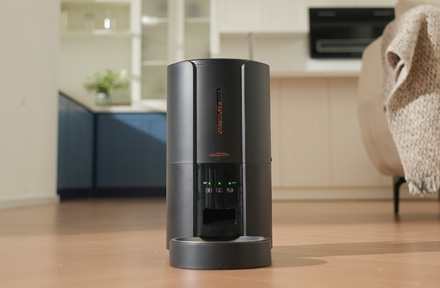
Troubleshooting Common Issues with Automatic Pet Feeders: Tips & Tricks for Pet Owners
Oct 26, 2023
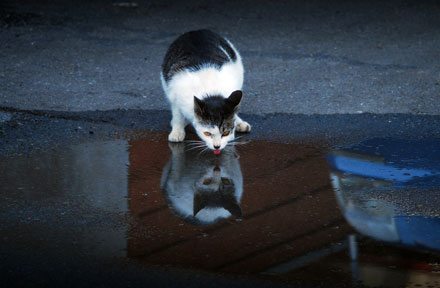
Why Does My Cat Cough After Drinking Water? 8 Potential Reasons
Mar 13, 2023
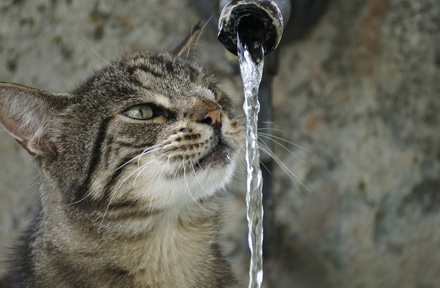
Why is My Cat Throwing up Water? Top 5 Causes Here
Feb 08, 2023
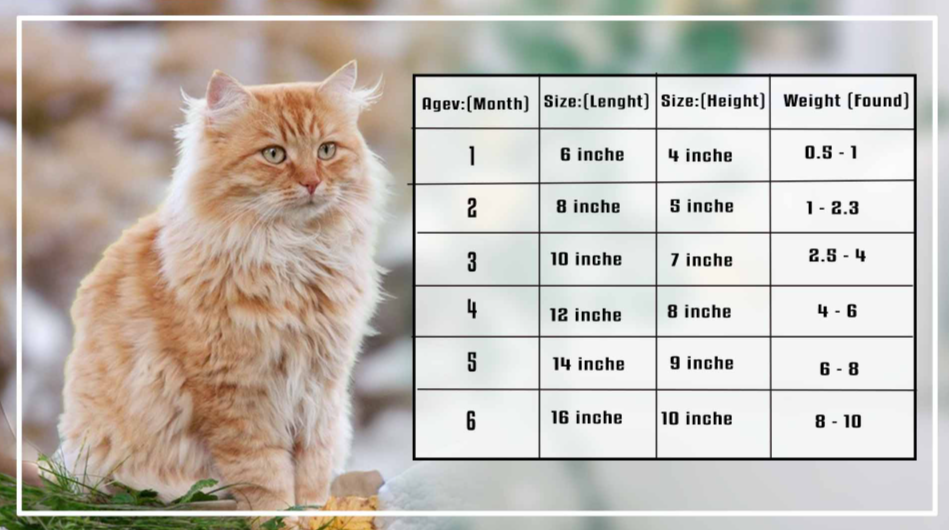
What is a standard Cat Weight chart by age Kg?
Mar 19, 2025
$99.99
$129.99
Copyright © 2025 WOPET. All Rights Reserved.